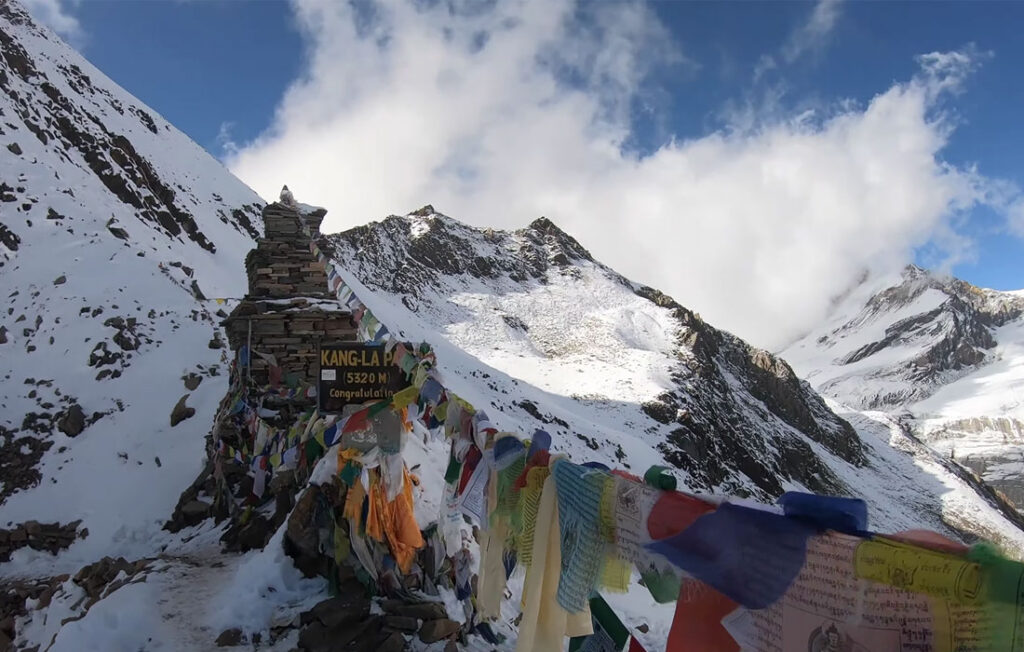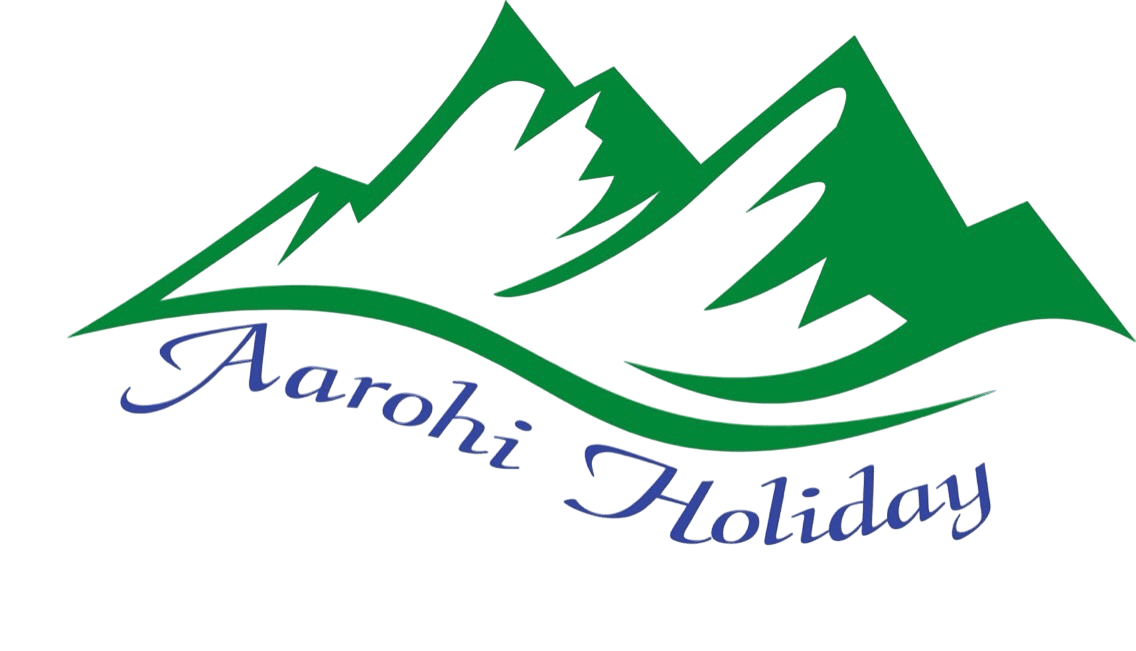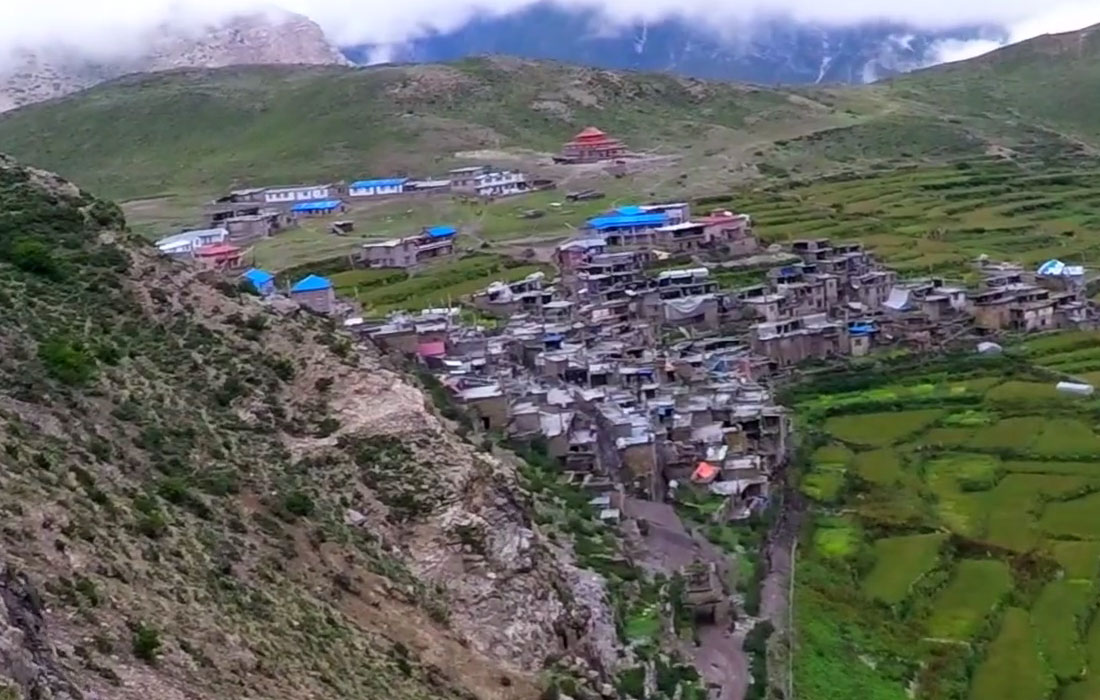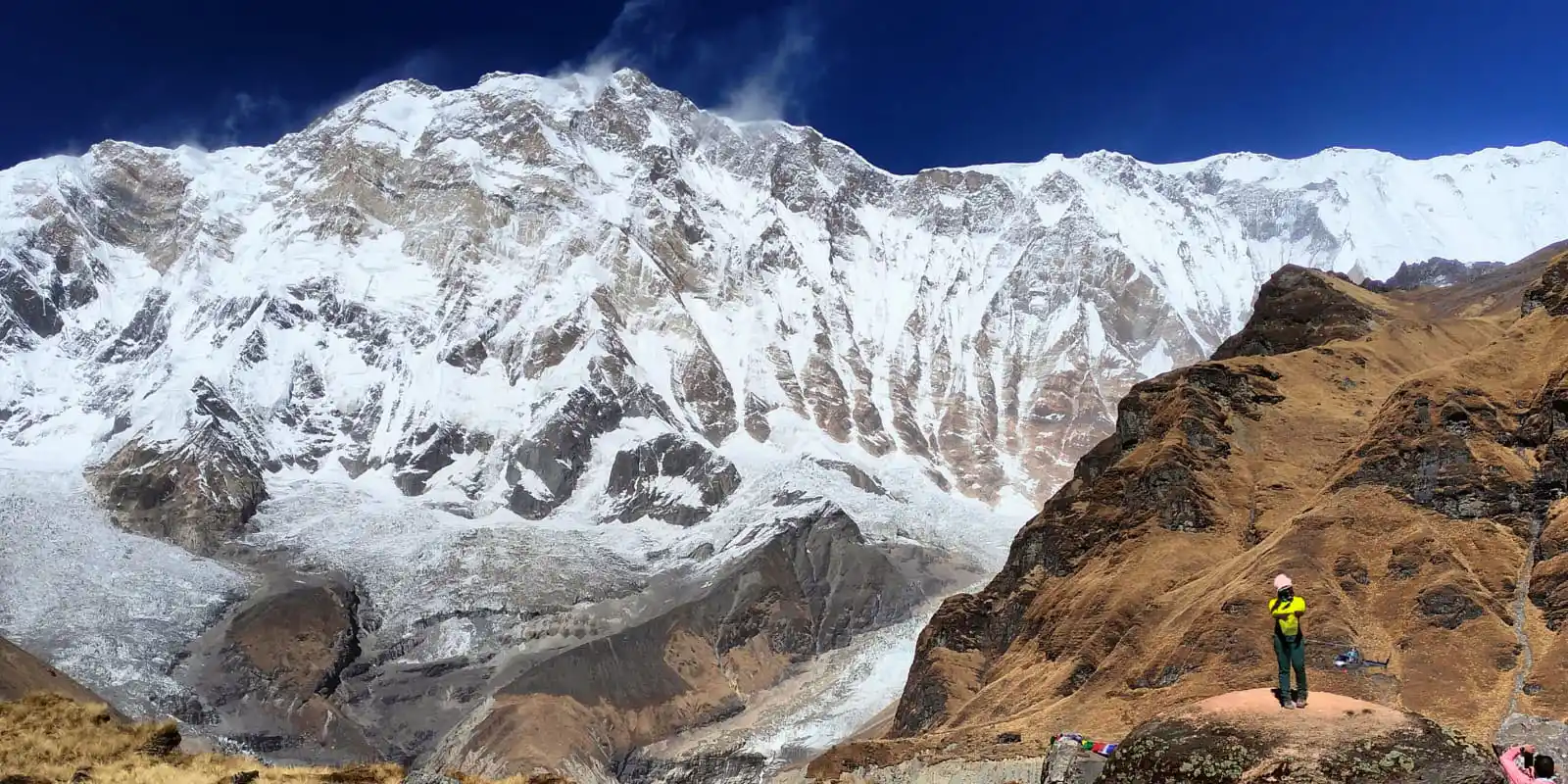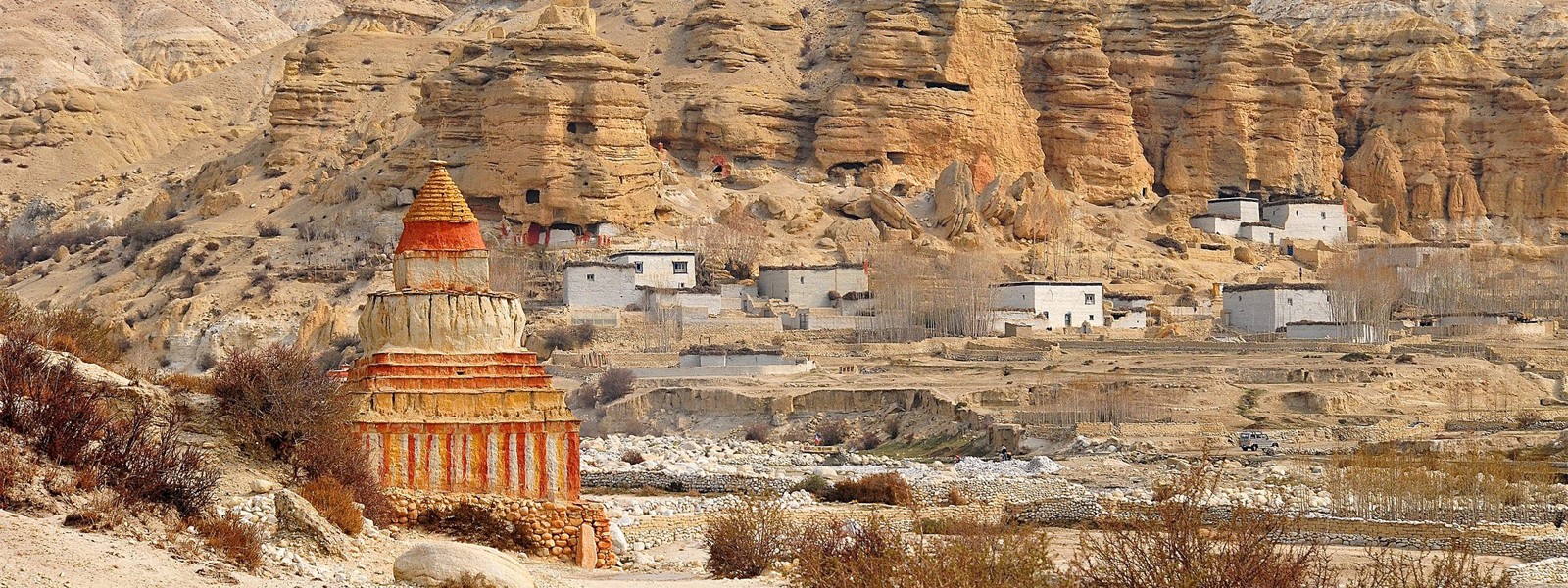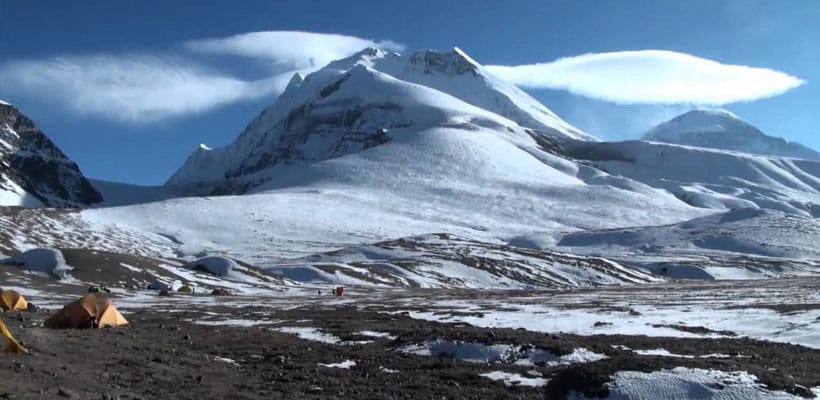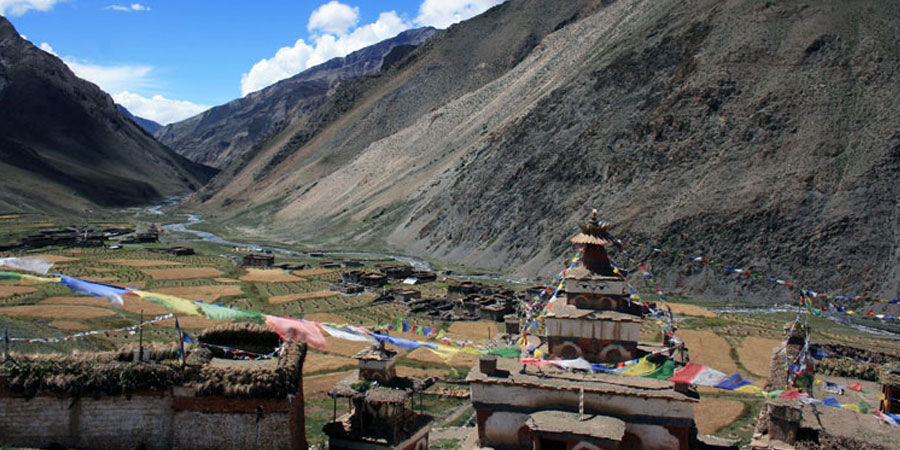Accommodation during Nar Phu Valley Trek
- In kathmandu we provide comfortable accommodation in 3-star hotels with breakfast on a twin-sharing basis.(Private room accommodation can be arrange at an extra cost)
- During the trek, we provide comfortable teahouse accommodation on a twin-sharing basis. Hot showers, Wi-Fi, and device charging are available at an additional cost.
Meals and Drinking water on Nar Phu Valley Trek
The Nar Phu Valley Trek package includes breakfast, lunch, and dinner during the trek. Meals are served according to the teahouse menus, so don’t expect Western cuisine. You’ll mainly find Indian, Nepali, and Tibetan dishes, and there are only a few tea shops along the trail, so meal options are limited but authentic.
Staying hydrated is crucial at high altitudes. While bottled water is available for purchase along the route, we encourage using reusable bottles to reduce plastic waste. Our guides provide water purification tablets and drops to ensure safe drinking water throughout your journey, keeping you healthy and energized as you trek through the remote Nar Phu Valley.
Required Permits for the The Nar Phu Valley Trek
For the Nar Phu Valley Trek, you’ll need a Restricted Area Permit, an ACAP permit, and a TIMS card. Don’t worry,We takes care of all the permits and paperwork, so you can simply relax and enjoy exploring the remote and stunning Nar Phu Valley Trek.
- Nar Phu Valley restricted area permit September to November: USD 100 per person for seven days
- Nar Phu Valley restricted area permit December to August: USD 75 per person for seven days
- Annapurna Conservation Area Permit (ACAP): NPR 3,000 per person
- Trekkers’ Information Management System (TIMS) Card: NPR 1,000 per person
Best Time for Nar Phu Valley Trek
The best time to trek the Nar Phu Valley is during spring (March to May) and autumn (September to November). These months offer clear skies, stable weather, and breathtaking Himalayan views. Spring brings blooming rhododendrons and vibrant wildflowers, while autumn provides crisp air and excellent visibility.
Winter (December to February) is colder with occasional snow at higher altitudes, offering a quieter trekking experience for those prepared for chilly conditions. The monsoon season (June to August) is less favorable due to heavy rainfall and possible landslides. No matter when you choose to go, Aarohi Holiday ensures a safe, comfortable, and unforgettable trek.
Nar Phu Valley Trek Difficulty
The Nar Phu Valley Trek with Aarohi Holiday is considered a moderately challenging adventure into one of Nepal’s most remote regions. The trek spans 14 days, covering high-altitude terrain with trekking days averaging 5–7 hours and reaching a maximum elevation of 5,350m at Kang La Pass. Good physical fitness and proper acclimatization are essential for a safe and enjoyable experience.
You will navigate rugged trails, steep ascents, and isolated villages, making the journey adventurous yet highly rewarding. Weather in the Nar Phu Valley can be unpredictable, with cold winds at higher elevations, so being well-prepared is crucial for a successful trek.
Altitude Sickness and Prevention on the Nar Phu Valley Trek
The Nar Phu Valley Trek reaches a maximum altitude of 5,350m at Kang La Pass, which increases the risk of altitude sickness due to lower oxygen levels. Even though the trek is moderately challenging, symptoms like headaches, nausea, or dizziness can occur if proper acclimatization is not observed. These risks become more prominent after Phu Gaon, as the trail ascends above 4,000m.
To reduce the chances of altitude sickness, the itinerary is designed for gradual ascent with adequate rest days to allow your body to adjust. Staying well-hydrated by drinking at least 4 liters of water daily, maintaining a balanced diet, and avoiding alcohol are strongly recommended. If you feel unwell, rest or a controlled descent under guidance is the safest approach. With careful precautions, most trekkers can safely enjoy the breathtaking landscapes and rich culture of the Nar Phu Valley.
Travel Insurance for Nar Phu Valley Trek
Travel insurance is essential for the remote and high-altitude terrain of the Nar Phu Valley Trek. It helps cover costs in case of emergencies, including medical treatment or helicopter evacuation. Make sure your policy specifically includes coverage for high-altitude trekking, as medical expenses in these isolated regions can be very expensive.
To avoid unexpected costs, we strongly recommend arranging travel insurance from your home country, as local options may not always be reliable or provide full coverage. Always review the policy details carefully before your trek to ensure you are fully protected throughout this extraordinary adventure.
Nar Phu Valley Trek Itinerary
The Nar Phu Valley Trek begins in Kathmandu, where you’ll have time to explore the city’s cultural and historical landmarks. From Kathmandu, you’ll take a bus to Besisahar and a jeep ride to Dharapani, the gateway to the Annapurna region and the starting point of your trek. From Dharapani, the trail leads you through terraced fields, rivers, and traditional villages as you trek to Koto.
From Koto, the journey continues to Meta and then to Phu Gaon, where you’ll spend a day acclimatizing and exploring the village, taking in the remote Himalayan landscapes and local culture. The trail then ascends to Nar Phedi and Nar, offering breathtaking views of snow-capped peaks and pristine valleys. On the return, you’ll descend via Ngawal, crossing the Kang La Pass, before returning to Besisahar by drive and finally back to Kathmandu. This trek combines remote high-altitude trekking, rich cultural encounters, and stunning mountain scenery, making it an unforgettable adventure for off-the-beaten-path explorers.
Nar Phu Valley Trek Cost
The cost of the Nar Phu Valley Trek varies depending on the season, group size, and service preferences. Our 14-day trek is priced at USD 1,490 per person, which includes all essential services from arrival in Kathmandu to the completion of the trek. This package ensures a safe, comfortable, and well-organized experience while exploring the remote landscapes and rich culture of the Nar Phu Valley.
This price is based on a minimum of two people. For group bookings, we offer attractive discounts ranging from 5% to 10%, and the group leader can join the trek free of cost. With transparent pricing and no hidden fees, Aarohi Holiday provides excellent value for an unforgettable journey into one of Nepal’s most secluded regions.
Important Notes for Nar Phu Valley Trek
- The journey from Kathmandu to Besisahar by local bus it takes about 7 hours. If you prefer to travel in a private jeep, feel free to inquire about the additional cost.
- Porters can carry up to 20kg, but we recommend packing under 10kg since we provide one porter per two trekkers. A duffle bag for your gear will be provided.
- There are no ATMs on the Nar Phu Valley Trek , so carry enough cash from the city before starting your trek.
- Meals are included on the trek, but extra charges apply for hot showers and charging devices at teahouses/lodges.
- Meals and entry fees for sightseeing in Kathmandu are not included in the trek package.
- Drones require hard-to-get permits, so it’s best not to bring.
Fitness Preparation for the Trek
The Nar Phu Valley Trek is a moderate to high-altitude journey that requires a good level of physical fitness. While it does not reach extreme altitudes like Everest, the trek involves long walking days through rugged trails, steep ascents, and remote villages, which can be physically demanding. Regular walking, hiking on uneven terrain, and cardio exercises such as jogging, cycling, or swimming will help build the stamina needed for this adventure.
With proper preparation and the support of our experienced local team, most healthy trekkers can complete the Nar Phu Valley Trek successfully, fully enjoying the breathtaking landscapes, isolated villages, and rich cultural experiences along the way.
A Typical Day on the Trail
A typical day on the Nar Phu Valley Trek involves 5 to 7 hours of trekking through remote valleys, rugged trails, and traditional villages. The day begins with a hearty breakfast before setting out through stunning landscapes featuring high-altitude cliffs, terraced fields, and isolated Tibetan-style settlements. The trail gradually ascends, offering panoramic views of snow-capped peaks and the breathtaking Nar and Phu valleys.
Along the way, you’ll take short rest breaks and enjoy lunch at local teahouses or scenic picnic spots. Evenings are spent in cozy lodges, where you can relax, savor local cuisine, and prepare for the next day’s adventure. Each day on this trek combines cultural immersion with spectacular scenery, making the journey both challenging and rewarding.
Arrival Instruction
Upon your arrival at Tribhuvan International Airport, our company representatives are stationed to welcome you to the country. We request you to carefully look for your name being held by our representatives following the events upon landing. The representatives are responsible to escort you to your hotel in Kathmandu. You will see men offering you to carry luggage and take you to your destination as you exit the airport. We request you pay no attention to these people and follow the designated representatives and follow their instructions. You will also need to keep an eye on your luggage and belongings to avoid any complications.
Nepal Visa Entry Procedure
For entry into Nepal, there are visa requirements everyone (except Indian nationals) must complete before being allowed to pass through immigration. This is for air travel as well as overland transportation. Most visitors may obtain a visa to enter Nepal, however, there are exceptions. Three options are available for entry.
- 15-day single entry: US $30
- 30-day single entry: US $50
- 90-day multiple entries: US $125
Please have a passport valid for at least 6 months from the time of entry, and have cash ready, preferably in US dollars, though there are other currencies Nepal Immigration accepts. If you are entering via overland, you must have US cash and 3 passport photos. For arrival by air, the kiosks at the airport take your picture for you.For the most up to date list of exceptions for visa on arrival or to obtain the most current visa information, visit the Nepal Department of Immigration website.
